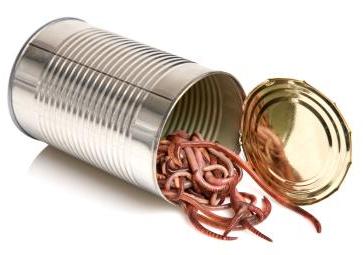I have looked at several videos on action truing and most of it makes sense (at least intuitively). For example, I can see why the action, bolt lugs, recoil lug and barrel have to all be perfectly level to each other and perpendicular to the bore. I can see why you need to cut new threads if the original threads are not holding the barrel perfectly straight.
But why does the bolt face have to be any better than how it comes from the factory?
(1). When the firing pin strike the primer doesn't it move the whole cartridge slightly forward in the chamber to the point where the shoulders touch the chamber.
(2) As the primer ignites the overall charge the brass expands first in the shoulders. This holds the shoulders in place in the chamber. The whole brass case then stretches out towards the rear to the bolt face. Isn't this why you can rupture a case if you have excess head space that allows the case to stretch to the point of failure and rupture?
(3) My point is that by the time the bullet begins to move into the bore it is centered by the expanded case shoulders. Which means that it is meaningless where the case head ends up. Even if the boltface is slightly off the bullet is already centered by the expanded case shoulder that have already expended in the chamber.
But why does the bolt face have to be any better than how it comes from the factory?
(1). When the firing pin strike the primer doesn't it move the whole cartridge slightly forward in the chamber to the point where the shoulders touch the chamber.
(2) As the primer ignites the overall charge the brass expands first in the shoulders. This holds the shoulders in place in the chamber. The whole brass case then stretches out towards the rear to the bolt face. Isn't this why you can rupture a case if you have excess head space that allows the case to stretch to the point of failure and rupture?
(3) My point is that by the time the bullet begins to move into the bore it is centered by the expanded case shoulders. Which means that it is meaningless where the case head ends up. Even if the boltface is slightly off the bullet is already centered by the expanded case shoulder that have already expended in the chamber.


